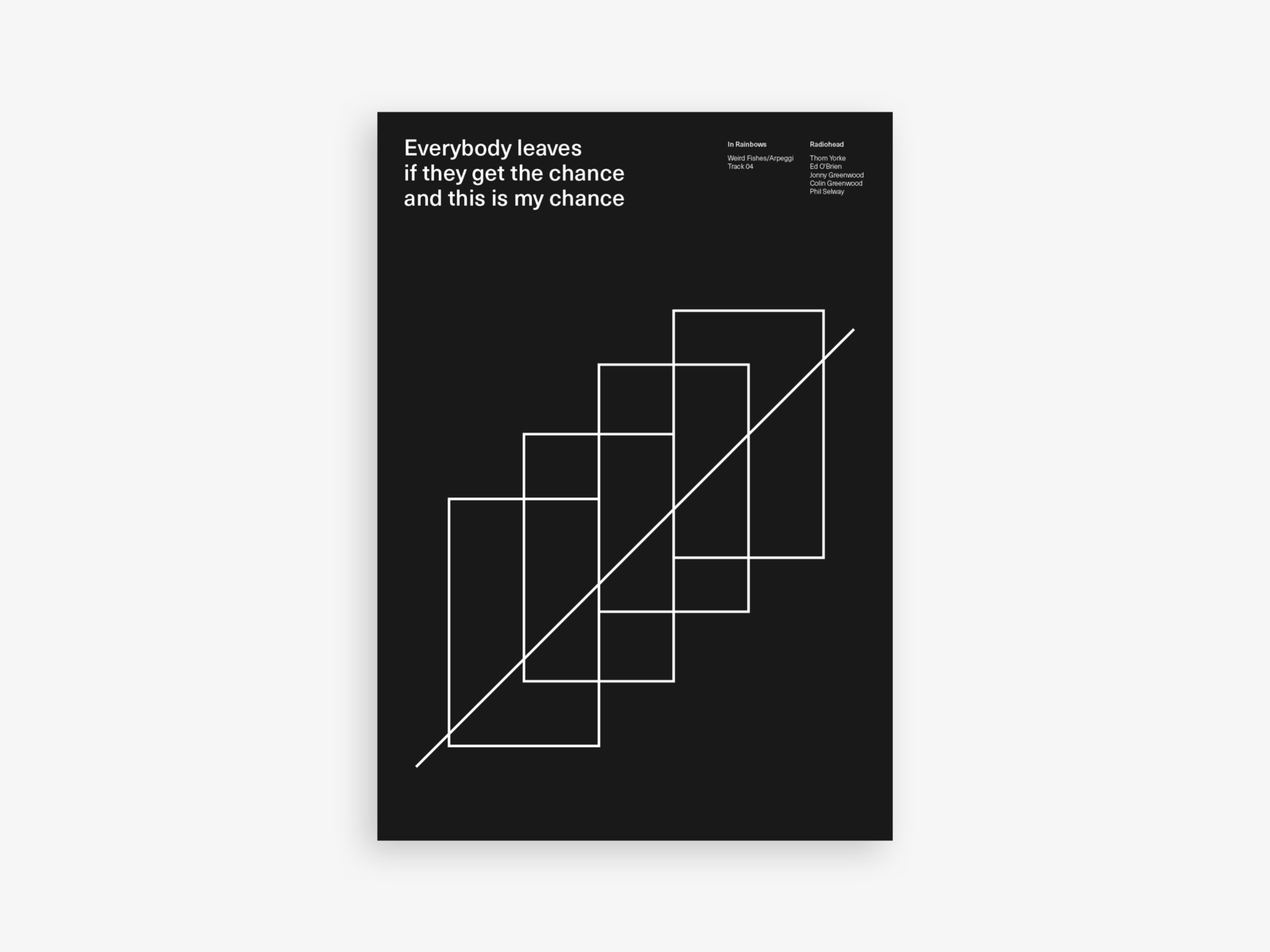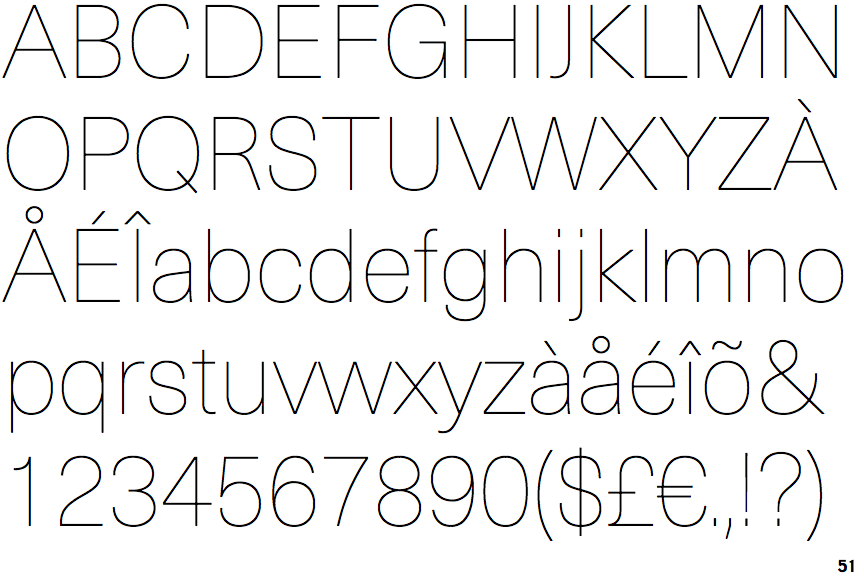

Its 'R' with a curved tail resembles Schelter-Grotesk, another turn-of-the-century sans-serif sold by Haas. The main influence on Helvetica was Akzidenz-Grotesk from Berthold Hoffman's scrapbook of proofs of the design shows careful comparison of test proofs with snippets of Akzidenz-Grotesk. His goal is to design a new sans serif font that can compete in the Swiss market, as a neutral font that should not be given any additional meaning. The first version of the typeface (which later became known as Helvetica) was created in 1957 by Swiss type designer Max Miedinger. This design appears to use Helvetica or a close imitation.

History Ī 1969 poster by Robert Geisser exemplifying the "Swiss" style of the 1950s and 60s: solid red colour, simple images and neo-grotesque sans-serif type, all in lower case. A feature-length film directed by Gary Hustwit was released in 2007 to coincide with the 50th anniversary of the typeface's introduction in 1957. Originally named Neue Haas Grotesk (New Haas Grotesque), it was rapidly licensed by Linotype and renamed Helvetica in 1960, which in Latin means "Swiss" (from Helvetia), capitalising on Switzerland's reputation as a centre of ultra-modern graphic design. Miedinger and Hoffmann set out to create a neutral typeface that had great clarity, no intrinsic meaning in its form, and could be used on a wide variety of signage.


Hoffmann was the president of the Haas Type Foundry, while Miedinger was a freelance graphic designer who had formerly worked as a Haas salesman and designer. Notable features of Helvetica as originally designed include a high x-height, the termination of strokes on horizontal or vertical lines and an unusually tight spacing between letters, which combine to give it a dense, solid appearance.ĭeveloped by the Haas'sche Schriftgiesserei (Haas Type Foundry) of Münchenstein (Basel), Switzerland, its release was planned to match a trend: a resurgence of interest in turn-of-the-century "grotesque" sans-serifs among European graphic designers, that also saw the release of Univers by Adrian Frutiger the same year. Over the years, a wide range of variants have been released in different weights, widths, and sizes, as well as matching designs for a range of non-Latin alphabets. Its use became a hallmark of the International Typographic Style that emerged from the work of Swiss designers in the 1950s and '60s, becoming one of the most popular typefaces of the mid-20th century. Helvetica is a neo-grotesque design, one influenced by the famous 19th century (1890s) typeface Akzidenz-Grotesk and other German and Swiss designs. Helvetica or Neue Haas Grotesk is a widely used sans-serif typeface developed in 1957 by Swiss typeface designer Max Miedinger with input from Eduard Hoffmann. In addition to its 9 tailored weights and complementary italics, the Neue Haas Unica family also possesses additional characters for Eastern and Central European, Greek and Cyrillic language support, which did not exist in the original design.Ī cosmopolitan typeface for today’s modern, discerning design needs, the Neue Haas Unica collection is a new classic in the making-one that every designer should surely have at their disposal.1957 sans-serif typeface developed by Max Miedinger Helvetica Like the Neue Helvetica and Univers Next typefaces, the Neue Haas Unica family can be used just about anywhere – or for any project. The regular, medium and bold weights know no boundaries and the heavy and black designs are ideal for when typography needs to be powerful and commanding. The family’s lighter weights are perfect for headlines and other large settings, as well as small blocks of copy at typical text sizes. Toshi Omagari of Monotype Studio has given this classic a fresh, digital facelift with more weights, more languages and more letters to meet today’s digital and print needs.Īvailable in 18 styles, the Neue Haas Unica family is remarkably appropriate for a wide range of applications, possessing a delicate gradation of weights and clear character shapes. Originally released in 1980 by the Haas Type Foundry and designed by Team ’77 - André Gürtler, Erich Gschwind and Christian Mengelt- for phototypesetting technology of the day, the design was never successfully updated for today’s digital environments – until now. The Neue Haas Unica™ family is an extended, reimagined version of the Haas Unica® design, a Helvetica® alternative that achieved near mythical status in the type community before it virtually disappeared.


 0 kommentar(er)
0 kommentar(er)
